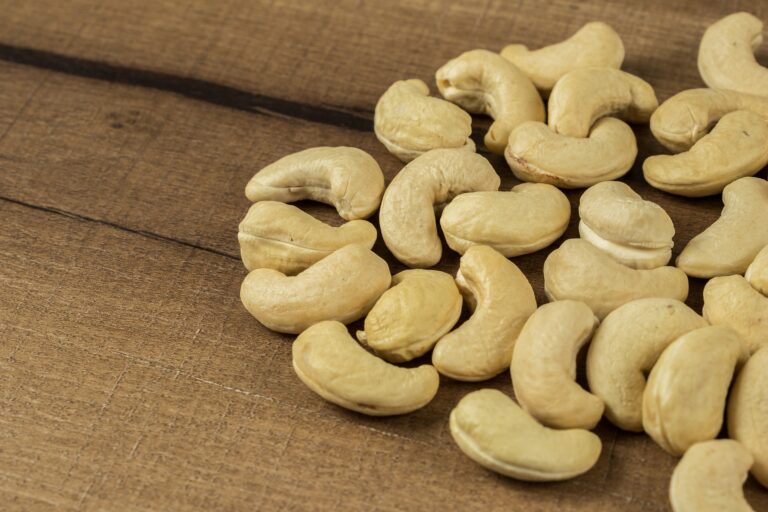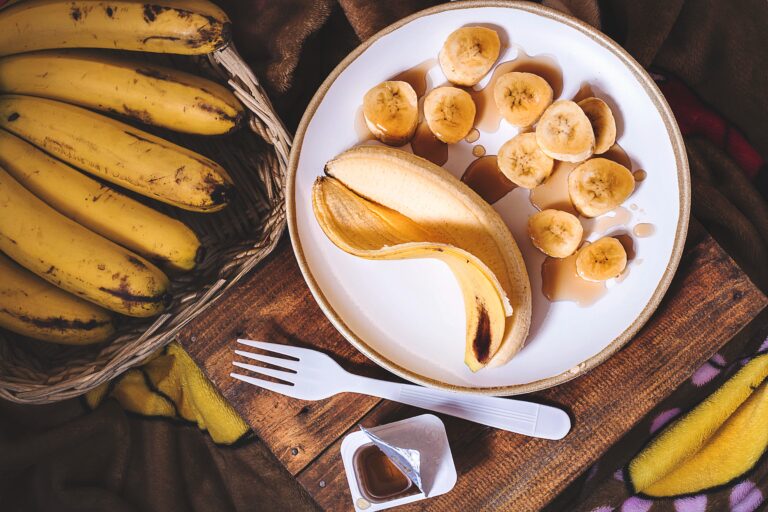Try these simple food swaps to stay on track with your goals and feel your best over the holidays.
Baking Swaps:
Simply Reduce Sugar: You can reduce sugar in most recipes by 25% without a noticeable difference. For example, if a recipe calls for 4 Tbsp sugar, reduce the amount to 3 Tbsp.
Use Whole-Wheat Flour: You can substitute white whole-wheat flour for all-purpose flour in most recipes without sacrificing taste or texture. Whole wheat flour contains 15% more protein than all-purpose flour and boosts fiber, vitamins, and minerals.
Swap Applesauce for Oil: Cut calories by swapping half the oil in a recipe for unsweetened applesauce. For every ½ cup of oil replaced with applesauce, you save 900 calories!
Dessert Swaps:
Pumpkin Pie for Pecan Pie: Swap pumpkin for pecan to cut added sugar by 50%. Pumpkin also provides a rich source of beta-carotene, vitamin E, and iron, which can help boost your immune system through the winter cold and flu season.
Dark Chocolate for Milk or White Chocolate: Dark chocolate is a good source of magnesium, copper, zinc, and phosphorus. Choose dark chocolate with 70% cacao or higher for the greatest concentration of inflammation fighting antioxidants.
Beverage Swaps:
Almond Milk Eggnog: A standard carton of eggnog is high in calories, saturated fat, and added sugar. Almond Milk Eggnog contains only 50 calories per serving, zero saturated fat, and under 10 grams of added sugar. You can find it at ALDI, Metro Market, Sendiks, and Pick n Save.
Chocolate Peppermint Tea: Hot chocolate is another holiday beverage often loaded with added sugar. For a sugar-free alternative, add 1 tsp of baking cocoa to 12 oz hot peppermint tea. This minty-chocolate drink has only ten calories and provides 2g of fiber.

A Healthy Recipe: Pecan Pie Bites by Sara Dow
This no-sugar added recipe is a favorite for holiday parties!
Ingredients:
- 1 ½ cups Medjool dates, pitted
- 1 ½ cups pecans
- ½ tsp vanilla extract
- ½ tsp fine sea salt
Preparation:
Combine ingredients in a food processor and blend until smooth. Roll into 1” balls. Store in the refrigerator for three days or in the freezer for three months.
Yield: 20 balls
Tip: If your dates have been sitting in the refrigerator for a few weeks, they may become dry and wrinkled. To rehydrate, soak for 10 minutes in hot water. Drain and pat dry to avoid excess moisture in your recipe. Be sure to remove the pit!
Nutrition Information:
Pecans provide a solid source of healthy fats and fiber and contain moderate amounts of protein, all of which can help you maintain a healthy weight. Medjool dates are high in fiber which helps regulate blood sugar levels and supports digestive health. Enjoy this no-added-sugar treat for the holidays, or year-round!
Discover this Resource…
For more inspiration, check out these Tips for Healthy Holiday Parties from the Academy of Nutrition and Dietetics.
Holiday Grocery Store Tour
Feeling overwhelmed at the grocery store? Join me for a private guided grocery store tour at Metro Market. I’ll help you understand labels, see through misleading marketing claims, and identify simple holiday swaps to keep your health on track through the holidays. Register on-line or stop by the member services desk.
Cheers to a healthier holiday season! 🥂

About Sara Dow
Sara is an ACE Certified Personal Trainer and Fitness Nutrition Specialist for the YMCA. In 2018, Sara was inspired by the YMCA community to go back to school and pursue her dream of becoming a Registered Dietitian Nutritionist (RDN). Her monthly blog posts feature evidence-based nutrition information, healthy recipes, and member Q&As.
Want to level up your nutrition? Register for a One-On-One Performance Nutrition Workshop with Sara. In this 60-minute session, Sara will provide evidence-based guidelines for pre- and post-workout nutrition specific to your goals, healthy recipes, and practical tips for incorporating real foods into your diet to support optimal performance and recovery. Click here to register today!
![[Glacial Community YMCA LOGO SQ]](https://recliquecore.s3.amazonaws.com/imgs/ymca_logos/named_y/blue_purple.png)
![[Glacial Community YMCA LOGO FULL]](https://s3.amazonaws.com/recliquecore/imgs/ymca_logos/named/blue_purple.png)








